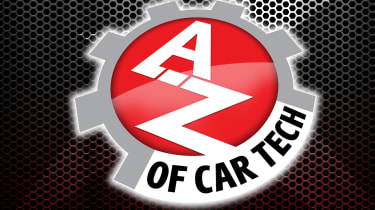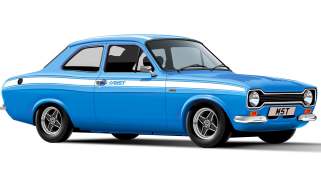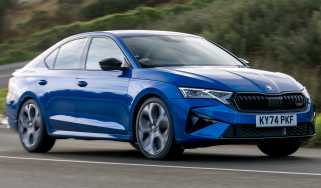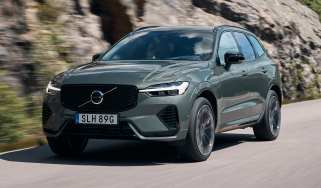Car Tech A to Z: B is for Blind Spot Monitoring, brakes and more
The letter B in our A to Z of car tech series...
It's the letter B in our A to Z of car tech series. Find out about Blind spot monitoring, brakes, body parts and BEV technology below...
B is for…Blind spot monitoring. These systems use radar sensors to alert a driver whenever another vehicle is hiding in a potential blind spot. In JLR vehicles, and most others, the alert is provided by a flashing icon that appears momentarily in the relevant mirror.
B is for…brakes. The brakes in most modern road cars use a combination of steel discs, often ventilated at the front to improve cooling, carbon ceramic discs in higher end sports cars, or drums in smaller cars – but only ever at the rear. Callipers are then employed to effectively clamp the pads to the discs hydraulically, depending on how hard the driver presses the brake pedal.
• Cruise control and adaptive cruise control: the complete guide
Autonomous Emergency Braking is now standard in many modern road cars. Once again radar technology is employed via sensors to assist a driver if heavy braking is required whenever a potential collision is detected. If a driver takes no action at all for whatever reason, the system applies the brakes as hard as possible if needs be to help reduce the severity of or even avoid completely a possible impact. At the same time the seat-belts are tensioned. The system also includes pedestrian avoidance.
B is for…body parts. Most production cars use body parts that are made from a combination of steel and plastic, but increasingly today more exotic materials are being sought for body parts to improve strength, reduce weight, increase efficiency and so on. These materials include anything from full carbon fibre on high-end supercars, to carbon hybrid plastic in some cases and aluminium.
• Best electric cars to buy now
But as well as lowering weight, improving strength and reducing emissions, aluminium body parts also help lessen a car’s impact on the environment. Lighter cars cost less money to ship around the globe, less fuel is needed to transport them, and they are easier to recycle.
B is for…BEV. BEV stands for battery electric vehicle. These use chemical energy stored within banks of rechargeable battery packs, usually lithium ion and stored as low inside the car as possible, with no combustion engine to aid propulsion. So not a hybrid but a full electric car.
Next, the letter C...

Find a car with the experts


